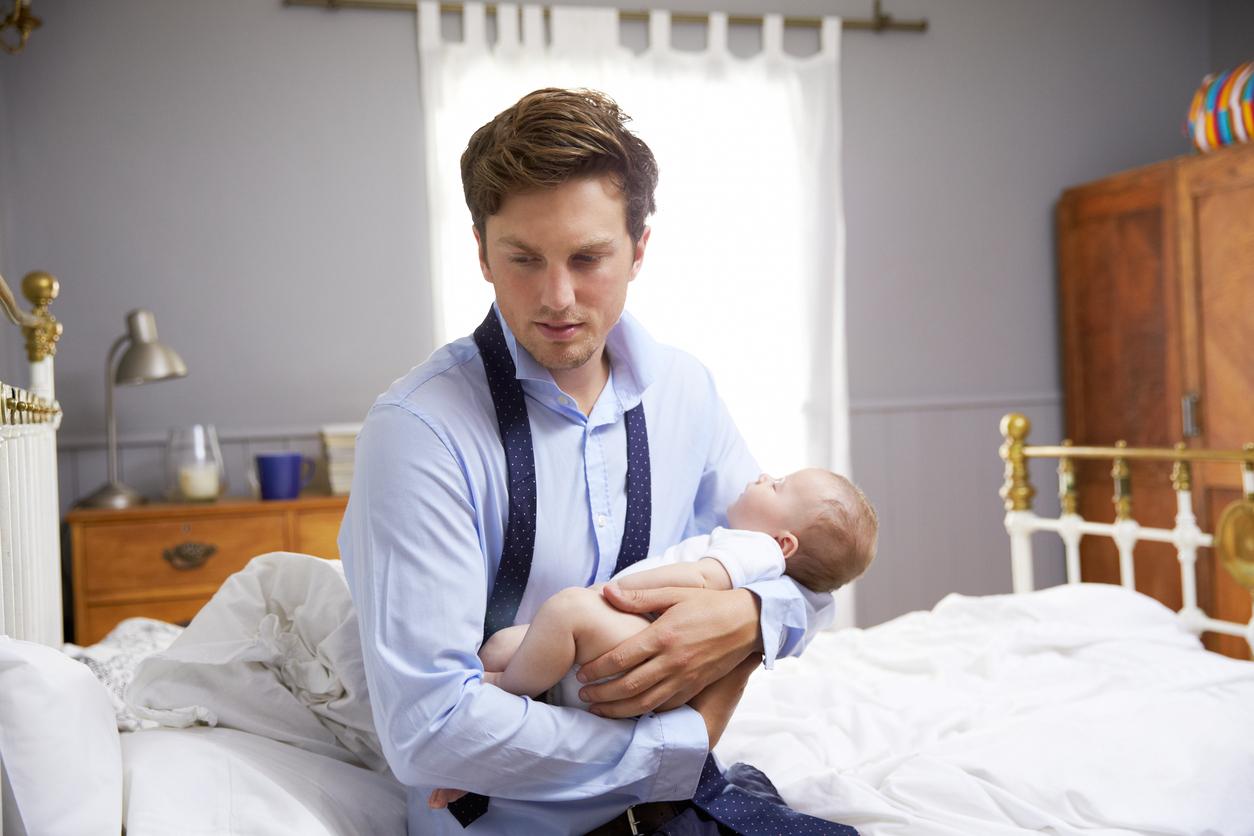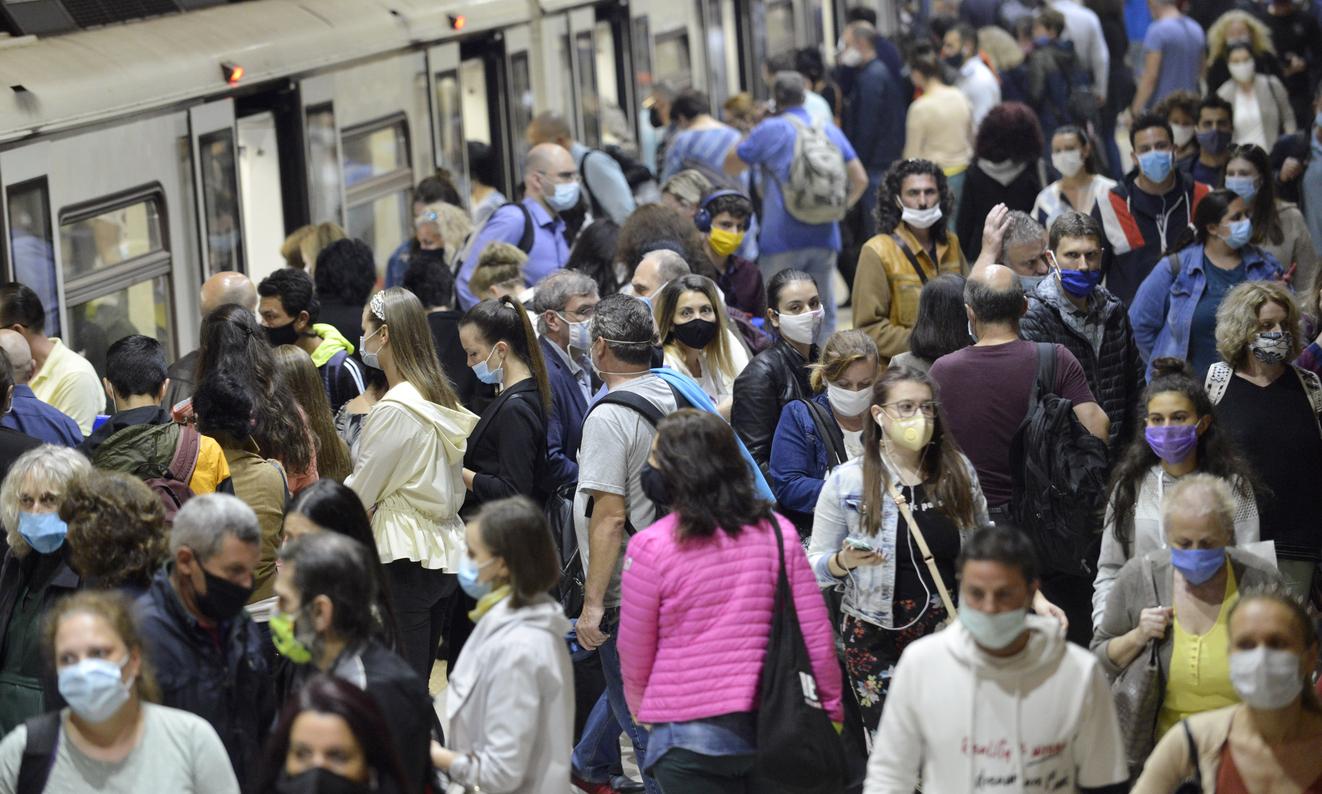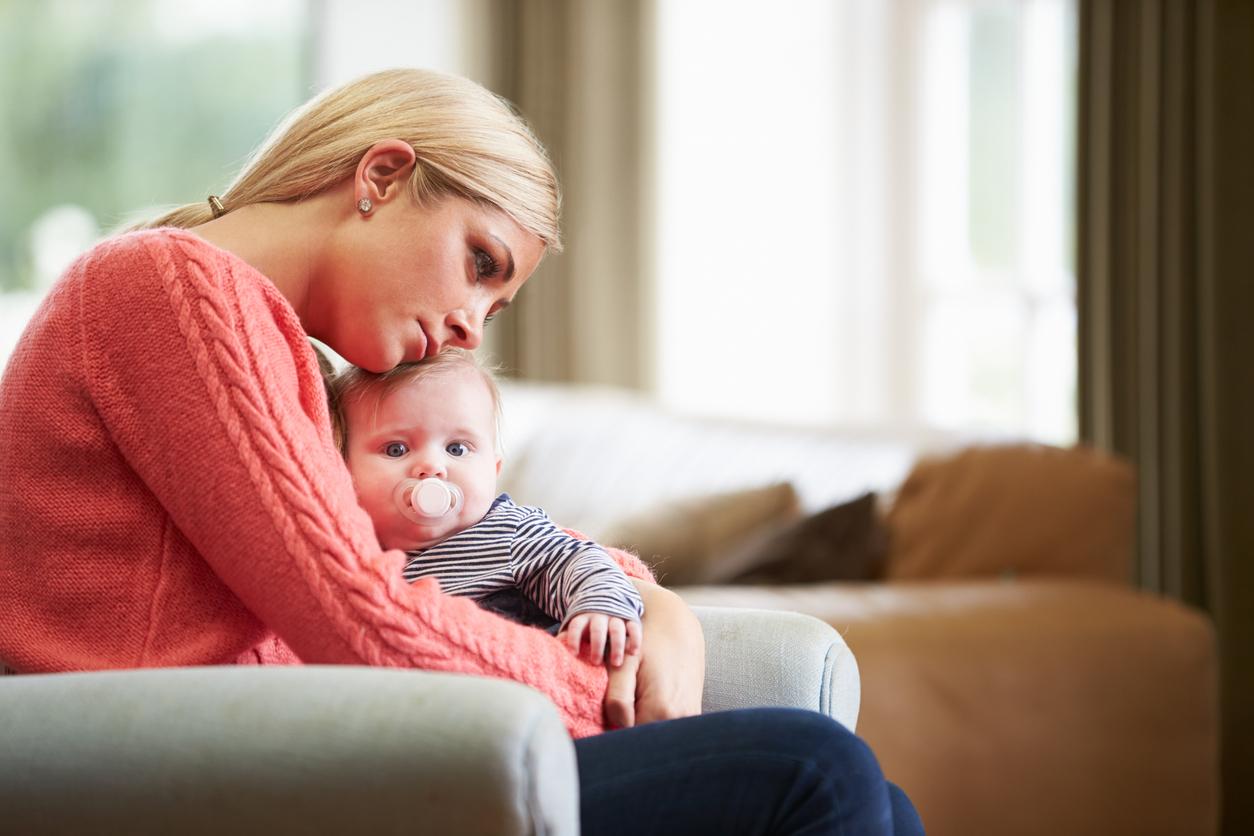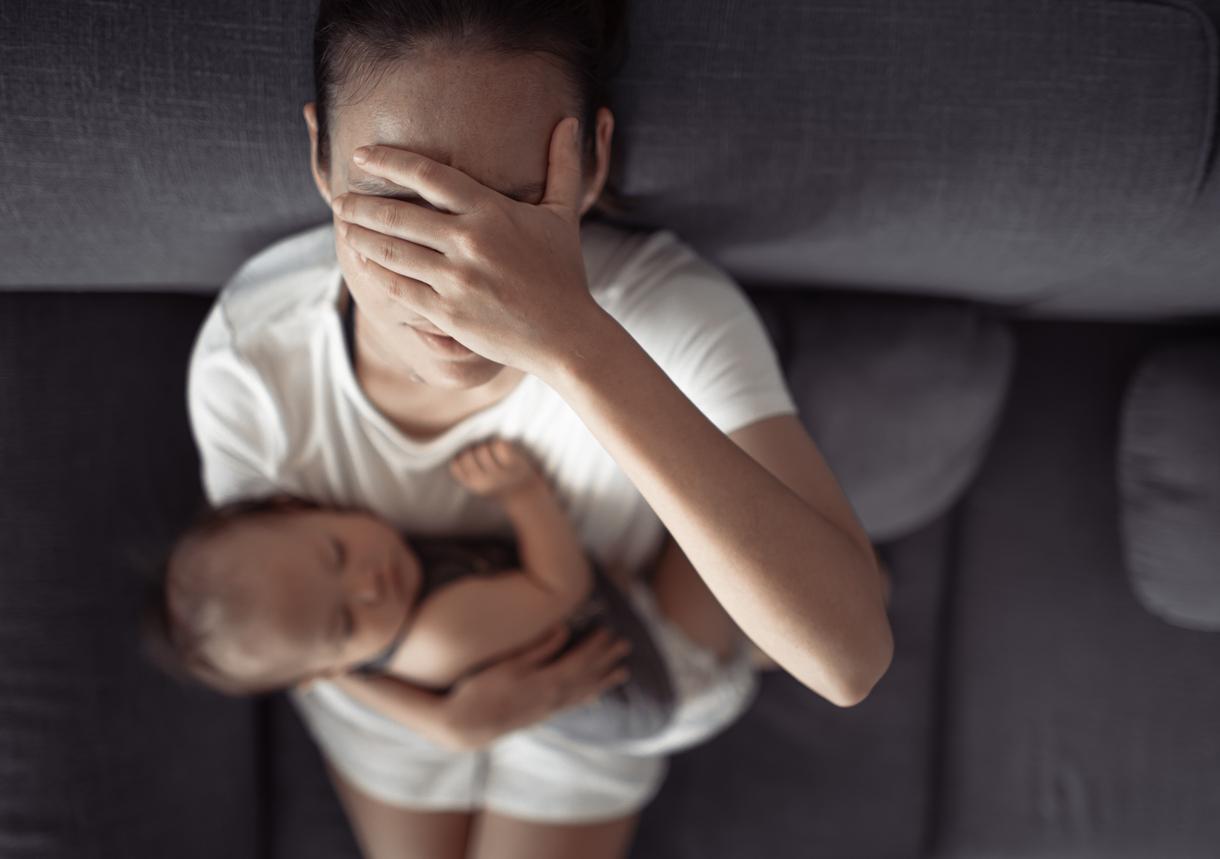In the United States, depressive symptoms that occur after childbirth have increased among women during the first year of the Covid-19 epidemic. A larger increase was seen in states with lower coronavirus death tolls and lower patient unemployment rates.
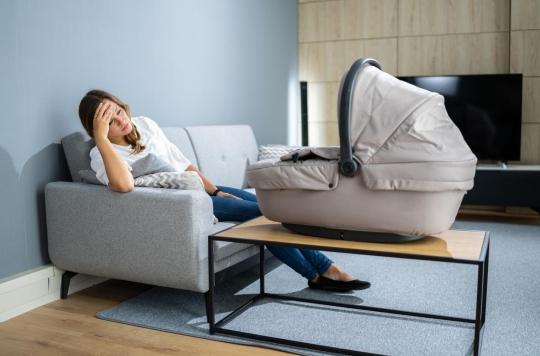
- Among the 50 US states, 36 saw an increase in postpartum depression symptoms in the first year of the pandemic, while seven saw a decrease and eight saw no change.
How has the pandemic affected the prevalence of postpartum depression? This is the question asked by researchers at the University of Virginia in the United States. To answer this, they decided to make a study published in the journal Journal of Psychiatric Research. In this work, scientists attempted to determine the association between the onset of the Covid-19 epidemic and changes in postpartum depressive symptoms in American women.
To carry out their study, the authors analyzed data collected between January 2018 and March 2021 from users of the health application Flo. The latter responded to a survey on their mood during the 90 days following childbirth. A total of 278,000 responses were collected. This information was then synchronized with US government data on Covid-19 cases and deaths from March 2020 to March 2021, as well as unemployment figures.
An increase in postpartum depression during the first year of the pandemic
“There has been a significant increase in postpartum depression during the pandemic”, can we read in the study. According to the findings, national rates of postpartum depression rose from 6.5% before the pandemic to 6.9% after the coronavirus outbreak. Nationally, rates of postpartum depressive symptoms increased steadily during the first year of the pandemic, peaking at 7.7% between December 2020 and March 2021.
According to the researchers, women living in states with fewer coronavirus-related deaths had a greater increase in depressive symptoms after childbirth, due to greater feelings of anxiety and hopelessness. As for states with lower female unemployment rates in 2020, they also saw a greater increase in symptoms due to feelings of emotional exhaustion and lack of energy to care for. a kid.
“Further work is needed to identify the individual factors that may be driving these differences,” concluded the authors.












